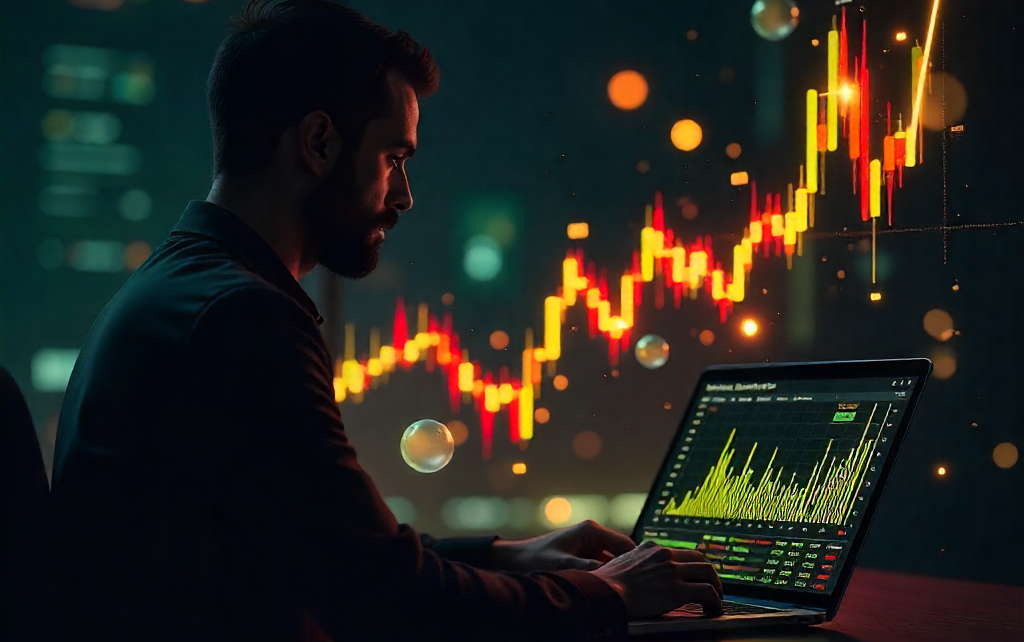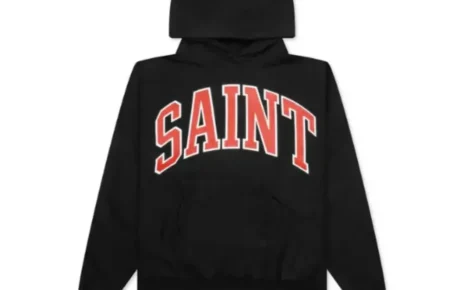A crypto bubble chart is a powerful visual that turns raw market data into an at-a-glance map of crypto assets. Traders and researchers use it to spot momentum, gauge sentiment, and compare sectors without digging through dozens of individual price charts.
Understanding the psychology behind the crypto bubble is equally important. Markets swing between fear and greed, and bubble charts make those emotions visible—helping you avoid hype cycles and focus on risk-aware decisions.
What Is a Crypto Bubble Chart?
A crypto bubble chart displays tokens as bubbles whose size, color, and position carry meaning. When someone says “bubble” in crypto, they’re talking about both the circular visual and the tendency for prices to inflate rapidly and deflate just as fast.
Compared to standard line or candlestick charts, bubble charts emphasize relative standing and sentiment across many assets at once. Instead of tracking one token’s price over time, you’re scanning the whole market snapshot.
Common platforms include:
- CoinGecko’s bubble view for market-wide comparisons
- CoinMarketCap’s visualizations for sector and performance
- CoinBubbles for real-time, customizable market maps and alerts
Key Elements in a Bubble Chart
- Bubble size: Typically reflects market cap or trading volume. Bigger bubbles often mean more liquidity and institutional attention.
- Bubble color: Shows price performance over a time frame (e.g., 24h or 7d). Green implies positive movement; red implies a decline.
- Bubble position: Indicates relative ranking or performance metrics, like market cap rank versus percentage change.
- Interactivity: Zooming into sectors, filtering by market cap, and hovering for metrics (price, volume, dominance) make analysis fast and intuitive.
Reading Market Sentiment
- Spotting overhyped tokens: Clusters of oversized, bright-green bubbles in speculative niches (like memecoins) can signal short-term exuberance. If size is huge but volume spikes look unsustainable, caution is warranted.
- Finding undervalued projects: Medium-size bubbles with steady, moderate green and rising volume can indicate strengthening conviction without froth. Look for consistent color improvements week over week.
- Sector comparisons:
- DeFi bubbles gaining size and turning greener after a long slump can hint at rotation.
- Memecoins flashing extreme green and outsized bubbles may be late-cycle hype.
- AI tokens and RWAs moving together in steady green can suggest thematic adoption rather than a one-off pump.
Pro-Level Strategies
- Combine with indicators: Validate a crypto bubble chart view using RSI, moving averages, and funding rates. For example, if a bubble turns bright green but RSI is overbought and funding is elevated, risk of a pullback rises.
- Track real liquidity: Cross-check order book depth, bid-ask spreads, and true trading volume. A large green bubble with thin liquidity can reverse quickly.
- Monitor news flow: Align bubble momentum with catalysts—network upgrades, listings, on-chain milestones, or macro narratives. Sustained green after credible news is stronger than green on rumors.
- Manage risk: Don’t chase the biggest bubbles. Scale entries, set stop-losses, and diversify across sectors. Use position sizing to respect volatility, especially in smaller-cap bubbles.
Common Mistakes to Avoid
- Getting trapped in hype: A wall of green bubbles can trigger FOMO. If you don’t understand the catalyst, step back and reassess.
- Ignoring fundamentals: Tokenomics, treasury health, roadmap delivery, and user growth still matter. A flashy bubble without substance often deflates.
- Misreading spikes: Short-term color flips can reflect noise. Look at multi-timeframe performance to separate lasting trend from a fleeting pump.
- Overlooking correlation: If everything turns green together, macro forces may be at play. Don’t assume each bubble reflects isolated strength.
Practical Example: Memecoins in 2025
Imagine opening a memecoin sector view in 2025. You see several large green bubbles—established names with deep liquidity—and a handful of smaller, neon-green bubbles representing new entrants.
How to read it:
- Size: The largest bubbles likely represent top-cap memecoins with broad exchange coverage. Their size signals liquidity and staying power, but also potential inertia—big assets need larger inflows to move.
- Color: If the giants are mildly green while newer tokens are bright green, it suggests speculative flow favoring fresh narratives. Check whether the bright green persists over 7d and 30d, not just 24h.
- Growth: Hover to review volume and market cap delta. If a smaller bubble’s market cap doubled but volume is thin relative to peers, watch for exhaustion. Sustainable rallies usually pair rising price with robust, distributed volume.
- Behavior: If the whole memecoin cluster is green while DeFi and RWAs are mixed, rotation into risk might be underway. Confirm with funding rates and social activity—if both surge, be cautious of a blow-off top.
Next steps:
- Validate signal quality: Compare the bubble chart to RSI and moving averages on the leading memecoin. If it’s extended and funding is expensive, trim risk.
- Liquidity check: Review order book depth and spreads across major exchanges. Thin liquidity increases slippage and reversal risk.
- Narrative durability: Scan news and on-chain data. Are active addresses and holders climbing? Are major listings imminent? If fundamentals align, a staged entry with clear invalidation levels is prudent.
Final Takeaway
A crypto bubble chart turns complex market dynamics into a visual dashboard, but it’s a tool—not financial advice. Use it alongside research, timely news, and technical analysis to separate durable trends from short-lived hype and to position with disciplined risk management.




